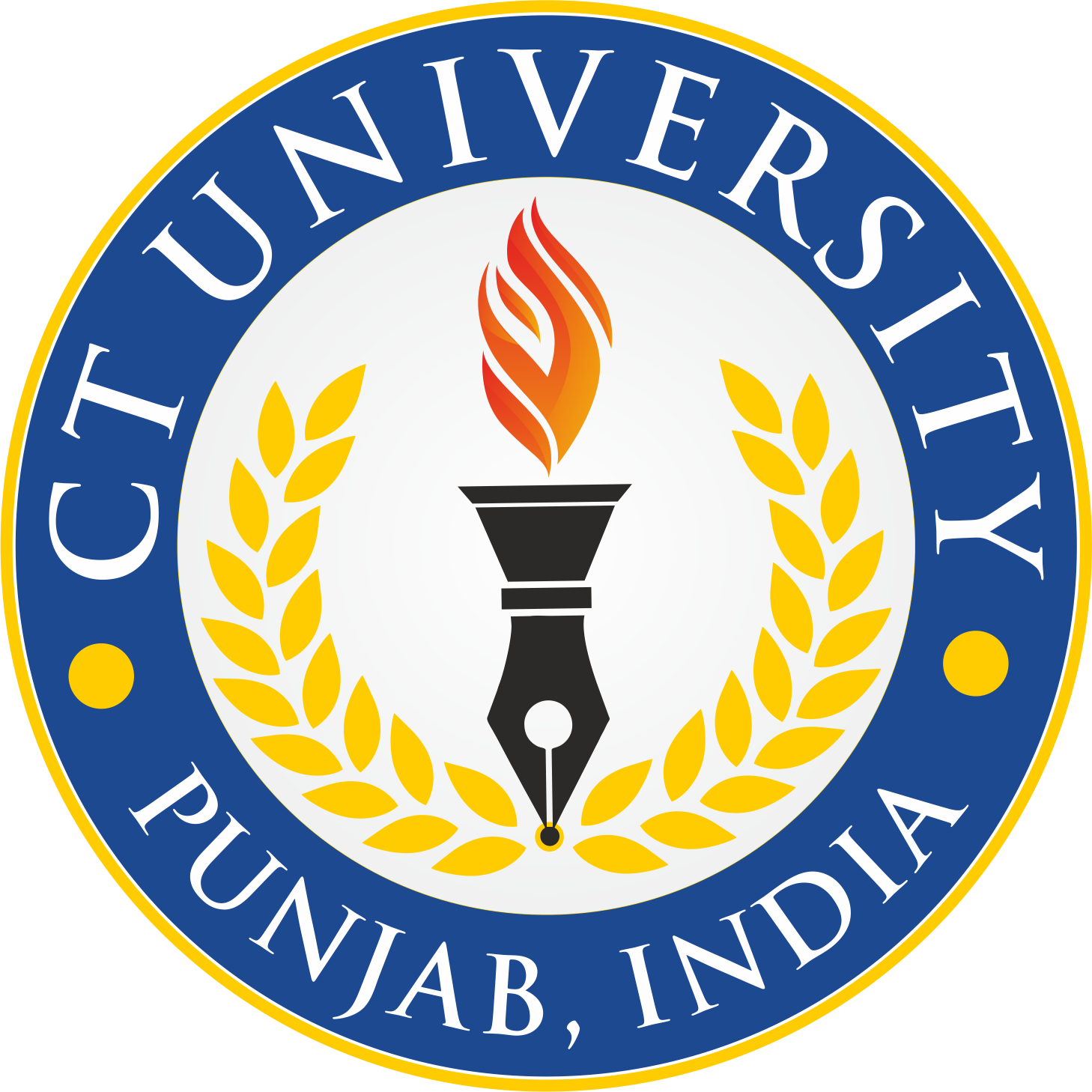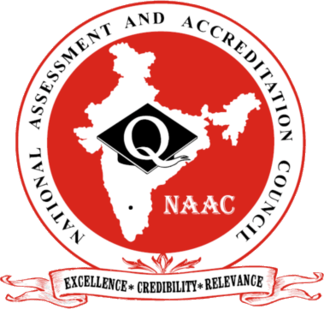2. Teaching-Learning and Evaluation
- 2.1.1 Due consideration is given to equity and inclusiveness by providing reservation of seats to all categories during the admission process
- 2.1.2 Student Demand Ratio, applicable to programmes where State / Central Common Entrance Tests are not conducted
- 2.1.3 Student enrollment pattern and student profile to demonstrate national/international spread of enrolled students from other states and countries
- 2.2.1 The Institution assesses the learning levels of the students after admission and organises special programmes for advanced learners and slow performers
- 2.2.2 Student - Fulltime teacher ratio (data for the preceding academic year)
- 2.3.2 Has provision for the use of Clinical Skills Laboratory and Simulation Based Learning
- 2.3.4 Student:Mentor Ratio (preceding academic year)
- 2.4.1 Average percentage of fulltime teachers against sanctioned posts during the last five years
- 2.4.2 Average percentage of fulltime teachers with Ph.D./D.Sc./D.Lit./DM/M Ch/DNB in super specialities /other PG degrees (like MD/ MS/ MDS etc.,) in Health Sciences for recognition as Ph.D guides as per the eligibility criteria stipulated by the Regulatory Councils / Universities during the last five years
- 2.4.3 Average Teaching experience of fulltime teachers in number of years (preceding academic year)
- 2.4.4 Average percentage of teachers trained for development and delivery of e-contents / e-courses / video lectures / demonstrations during the last 5 years
- 2.4.5 Average Percentage of fulltime teachers who received awards and recognitions for excellence in teaching, student mentoring, scholarships, professional achievements and academic leadership at State, National, International levels from Government / Government-recognized agencies / registered professional associations / academies during the last five years
- 2.5.1 Average number of days from the date of last semester-end/ year- end examination to the date of declaration of results during the last five years
- 2.5.2 Average percentage of student complaints / grievances about evaluation, against the total number of students appeared in the examinations during the last five years
- 2.5.3 Evaluation-related Grievance Redressal mechanism followed by the Institution
- 2.5.5 Status of automation of the Examination division, using Examination Management System (EMS) along with an approved online Examination Manual
- 2.6.2 Incremental performance in Pass percentage of final year students in the last five years
- 2.7.1 Online student satisfaction survey regarding teaching learning process

